There's no shortage of unique and amazing things to do in Colombia, including activities and attractions for all ages and budgets.
While the country's tourism industry has matured in recent years, industrious Colombians and expats consistently launch new businesses to guide and support travelers.
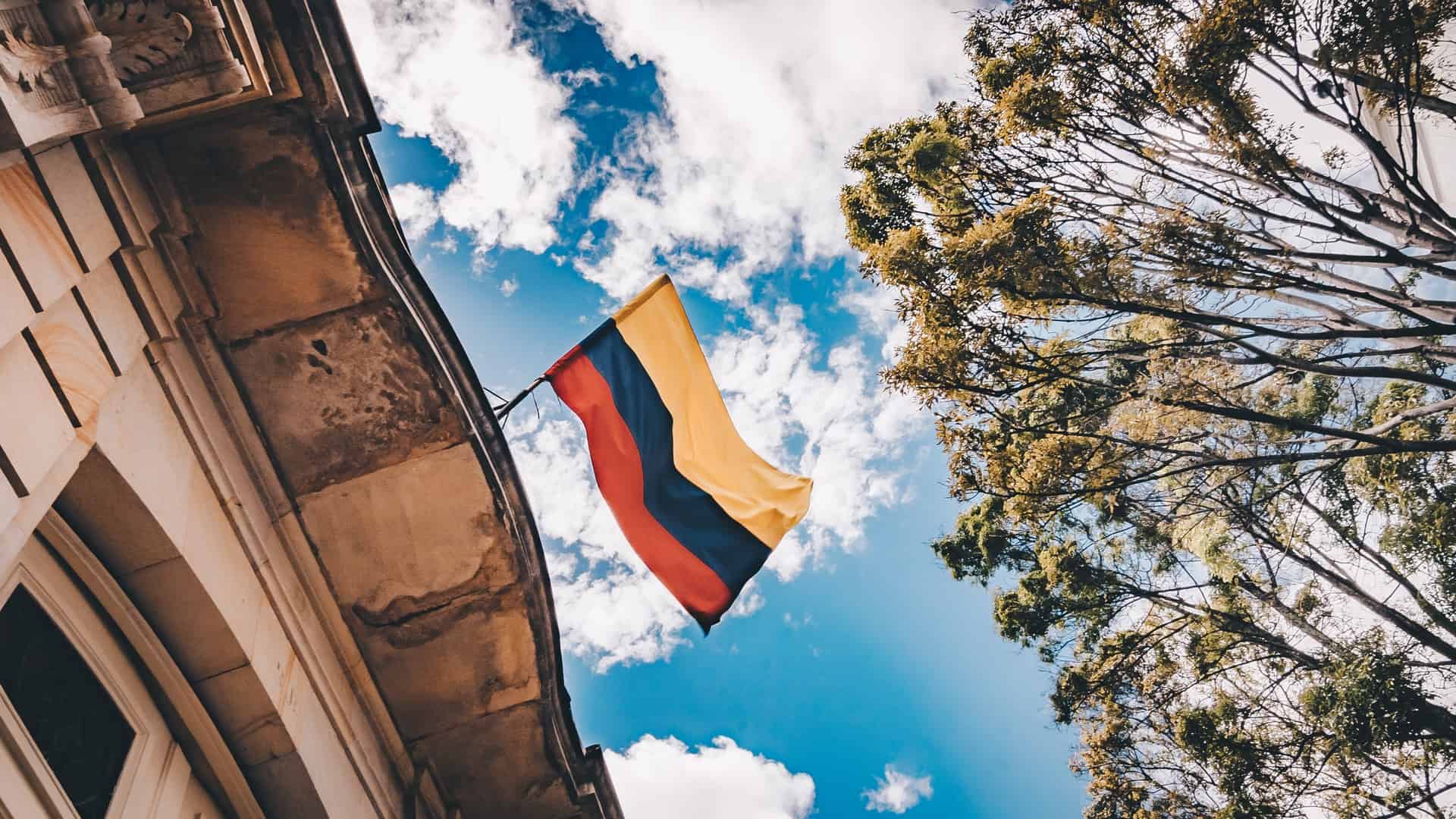
Despite the security improvements, street theft is still a common problem in major cities like Cartagena, Medellin, and Bogota.
Minimize your risk by avoiding cell phone use in the streets, taxis, and rideshares. Ensure your data is backed up to the cloud. And invest in travel insurance in case of theft or loss.
The majority of nationalities do not require a visa to enter Colombia. However, the Colombia Check Mig, an online form, must be completed before arrival.
The system is known to be buggy, but natvisa.com has an article detailing the issues and their solutions, so it's worth checking out.
I've organized the following list according to geographic region, beginning with the Caribbean coast and working our way south through the Andes mountains to the Amazon in the south.
Table of Contents
- Top Things To Do in Colombia
- 1. Walk Old Town Cartagena
- 2. Relax in Tayrona National Park
- 3. Trek to Ciudad Perdida
- 4. Explore La Guajira Peninsula
- 5. Snorkeling and Scuba Diving in San Andres and Providencia
- 6. Outdoor Adventures in San Gil
- 7. Party in Medellin
- 8. Experience Colombia's Pueblos
- 9. Horseback Riding in Cocora Valley
- 10. Visit the Coffee Triangle
- 11. Ascend Nevado del Ruiz Volcano
- 12. Bogota's Gold Museum
- 13. The Salt Cathedral of Zipaquira
- 14. Learn Salsa Dancing in Colombia
- 15. Cano Cristales (“River of Five Colors”)
- 16. Las Lajas Sanctuary
- 17. The Amazon
- Conclusion
Top Things To Do in Colombia
1. Walk Old Town Cartagena
Designated as a UNESCO World Heritage site in 1984, a walk through the historic old town of Cartagena is one of the top things to do in Colombia for travelers from around the world.
The colonial architecture of this walled city offers photographers endless possibilities for snapping shots of colorful streets, art, and the Caribbean Sea.
Photography tip: The best natural lighting at sunrise and the hour before sunset makes for incredible images.
The best way to experience Cartagena's Old Town is to walk the streets — you can't help but feel transported back in time.
Low-cost walking tours of Cartagena are available if you'd like a local guide to provide context to what you're seeing.

Colombia's beloved Nobel Prize-winning novelist, Gabriel Garcia Marquez, had a home in the historic center, where the movie adaptation of his novel, Love in the Time of Cholera, was filmed.
Cartagena is a great place to dip your toes into Colombian culture, even if only for a long weekend visit from the United States. Plus, the white-sand beaches of the Rosario Islands make for an easy day trip.
Would you feel more comfortable on an organized trip to Colombia? G Adventures offers small group tours to Colombia for adventurous souls.
Below are two itineraries to consider, both of which include Cartagena:
- Classic Colombia – departs from Bogota and includes stops in the coffee region, Medellin, Cartagena, Santa Marta, and Parque Tayrona.
- Colombia's Caribbean Coast & Lost City – a 14-day tour along the Caribbean coast, including a jungle trek to The Lost City.
2. Relax in Tayrona National Park
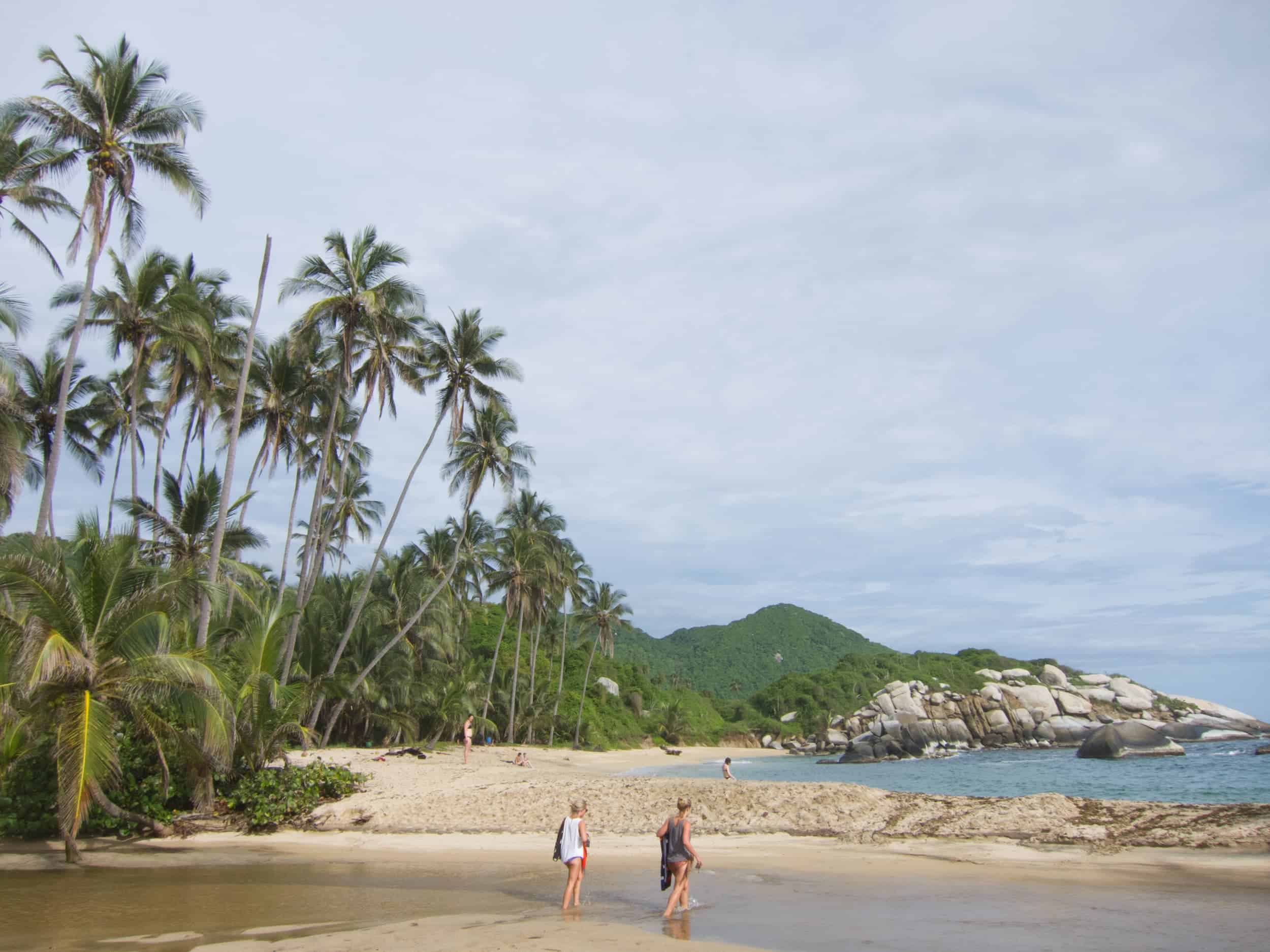
Located on Colombia's Caribbean coast, about five hours east of Cartagena, Tayrona National Park (Parque Tayrona) is a relatively undeveloped national park where the jungle meets secluded beaches.
Relax in a hammock and allow time to slow down while you treasure what many travelers consider to be one of the best beaches in South America.
Take your time hiking along the beaches that line the coast until you reach Playa Cabo San Juan, my pick for the best place to stay.
To see all the current and available options for accommodation in Parque Tayrona, check out Booking.com.
If you'd rather not spend the night, consider a full-day walking tour of Parque Tayrona instead.
3. Trek to Ciudad Perdida
If you want to feel like Indiana Jones, add the ancient ruins of The Lost City (La Ciudad Perdida) to your bucket list of things to do in Colombia.
While this archaeological site is not as grand as Machu Picchu, many travelers to Colombia have proclaimed it one of South America's best adventures.
Adventurers trekking to The Lost City can spend up to a week in the Colombian jungle.
The out-and-back journey begins by booking a tour to La Ciudad Perdida in Santa Marta or Taganga. It's not possible to do this excursion without a guide.
Book a Guided Tour
The 7-day Colombia Lost City Trek by G Adventures leaves from and returns to Santa Marta. Alternatively, you can book a 4, 5, or 6-day Lost City tour through Get Your Guide.
4. Explore La Guajira Peninsula
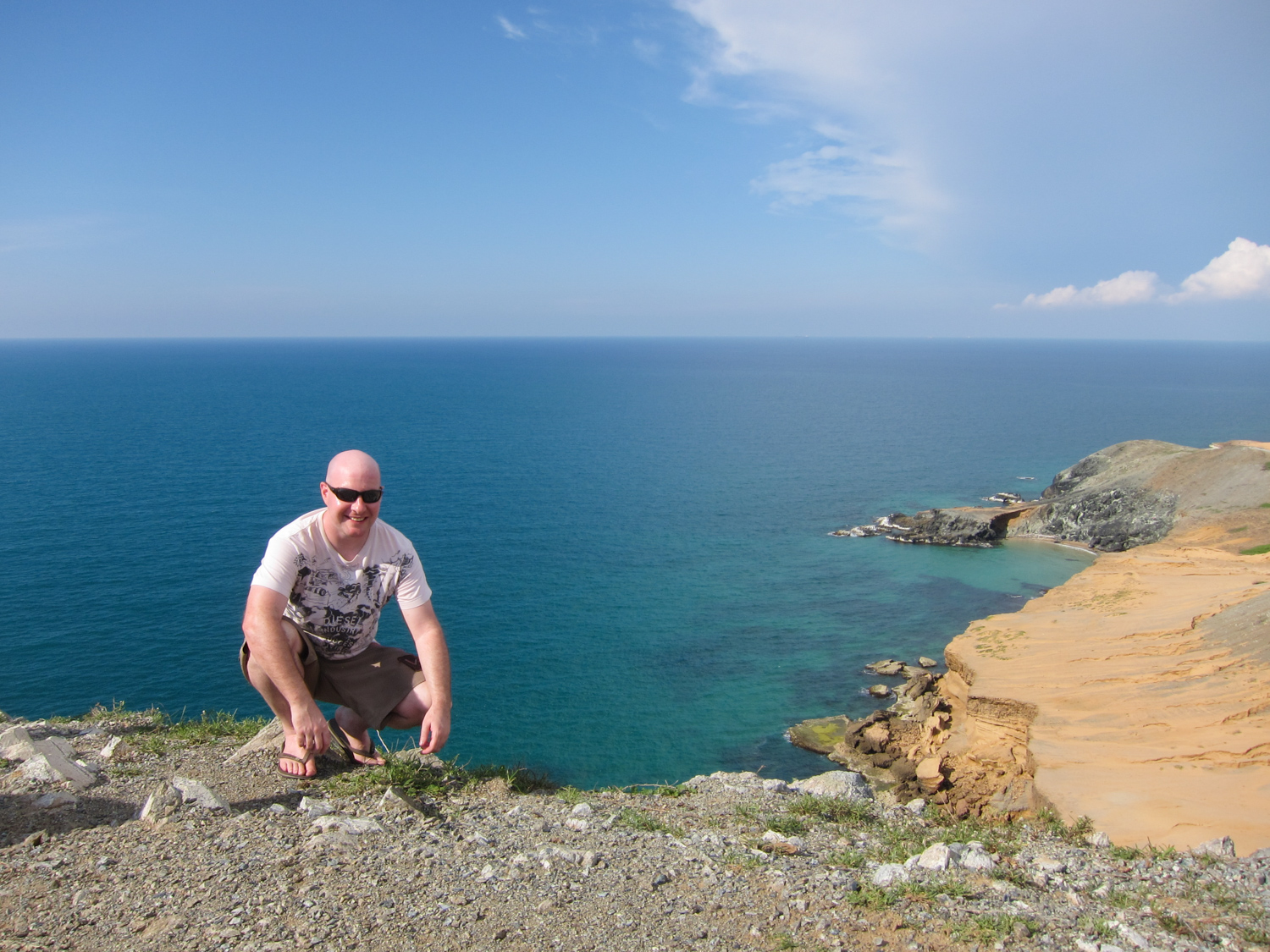
Visiting La Guajira Peninsula in Northern Colombia is like stepping into a world that defies the country's lush jungle stereotypes.
Located three hours northeast of Santa Marta and an hour past Riohacha, this barren desert landscape is a stark contrast to the greenery most associated with Colombia.
Getting there is an adventure in itself. The muddy, rutty riverbed roads are best navigated in a 4×4; you might expect to get stuck even then. But that's part of the thrill.
La Guajira is the northernmost region of Colombia and South America, and it's home to indigenous communities of the Wayuu people.
Renowned for their weaving skills, Wayuu-made mochilas (woven bags) and ornate hammocks are highly sought after and can fetch a pretty penny in cities like Medellin and Bogota.
Despite its desolate appearance, La Guajira has its unique allure. Miles of empty beaches with turquoise waters offer a serene escape from the crowds. The strong winds also make it a hotspot for kiteboarders.
Watching the sunset over the Caribbean is a nightly ritual for visitors, best enjoyed from places like Cabo de la Vela.
Getting to La Guajira can be arranged through tour companies in Santa Marta and Taganga. A two-day trip, including transport, accommodation in a hammock, and meals, can cost around $200.
5. Snorkeling and Scuba Diving in San Andres and Providencia
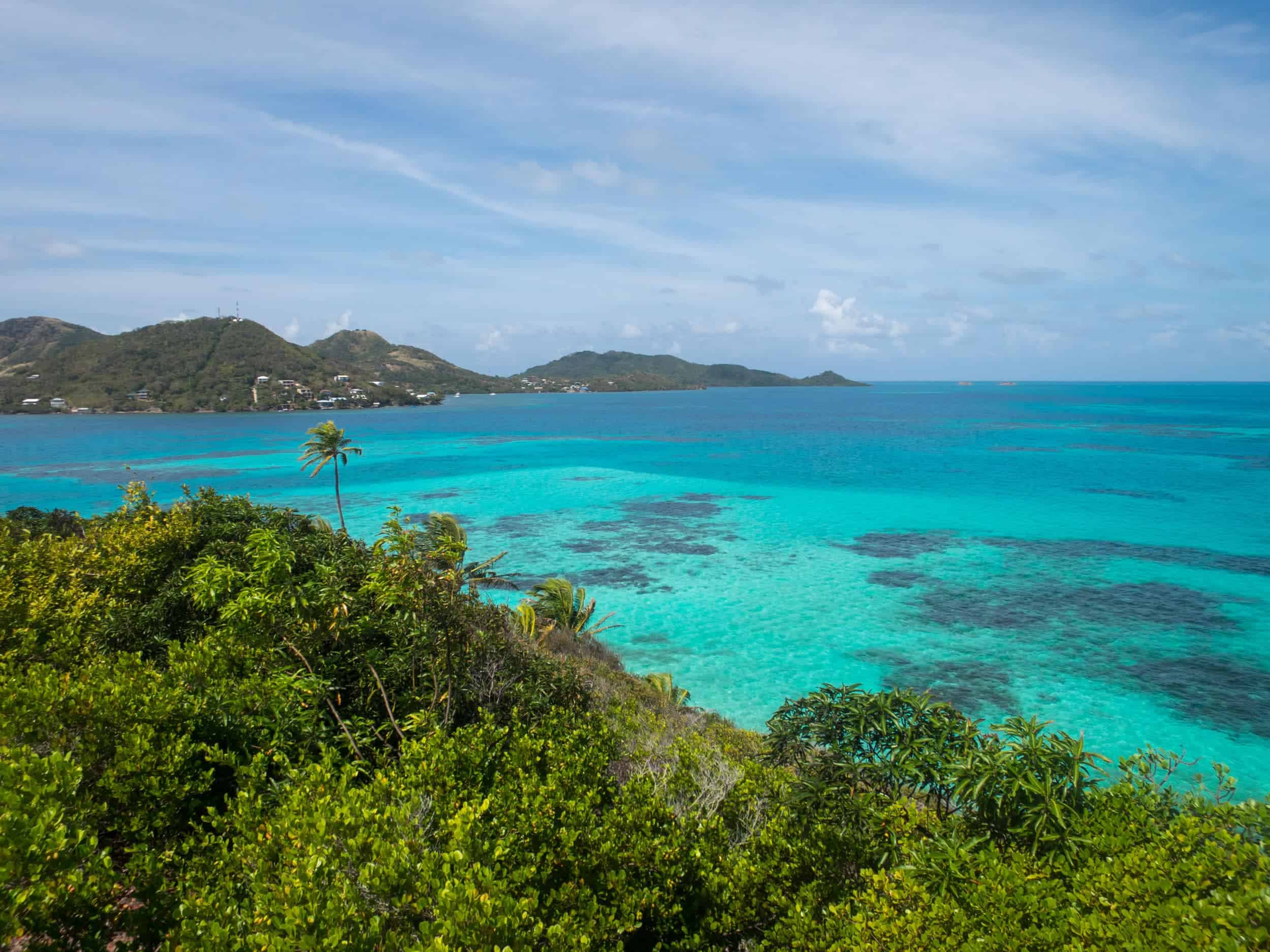
Enjoy excellent snorkeling and SCUBA diving amid the warm waters and coral reefs surrounding San Andres and Providencia.
These small islands offer some of South America's most beautiful turquoise waters and are one of the top things to do in Colombia.
San Andres and Providencia are closer to the coast of Nicaragua than Colombia.
Getting there is easy, though, as regular flights leave from several major Colombian cities, including Bogota and Santa Marta. International flights serve the airport in San Andres as well.
6. Outdoor Adventures in San Gil
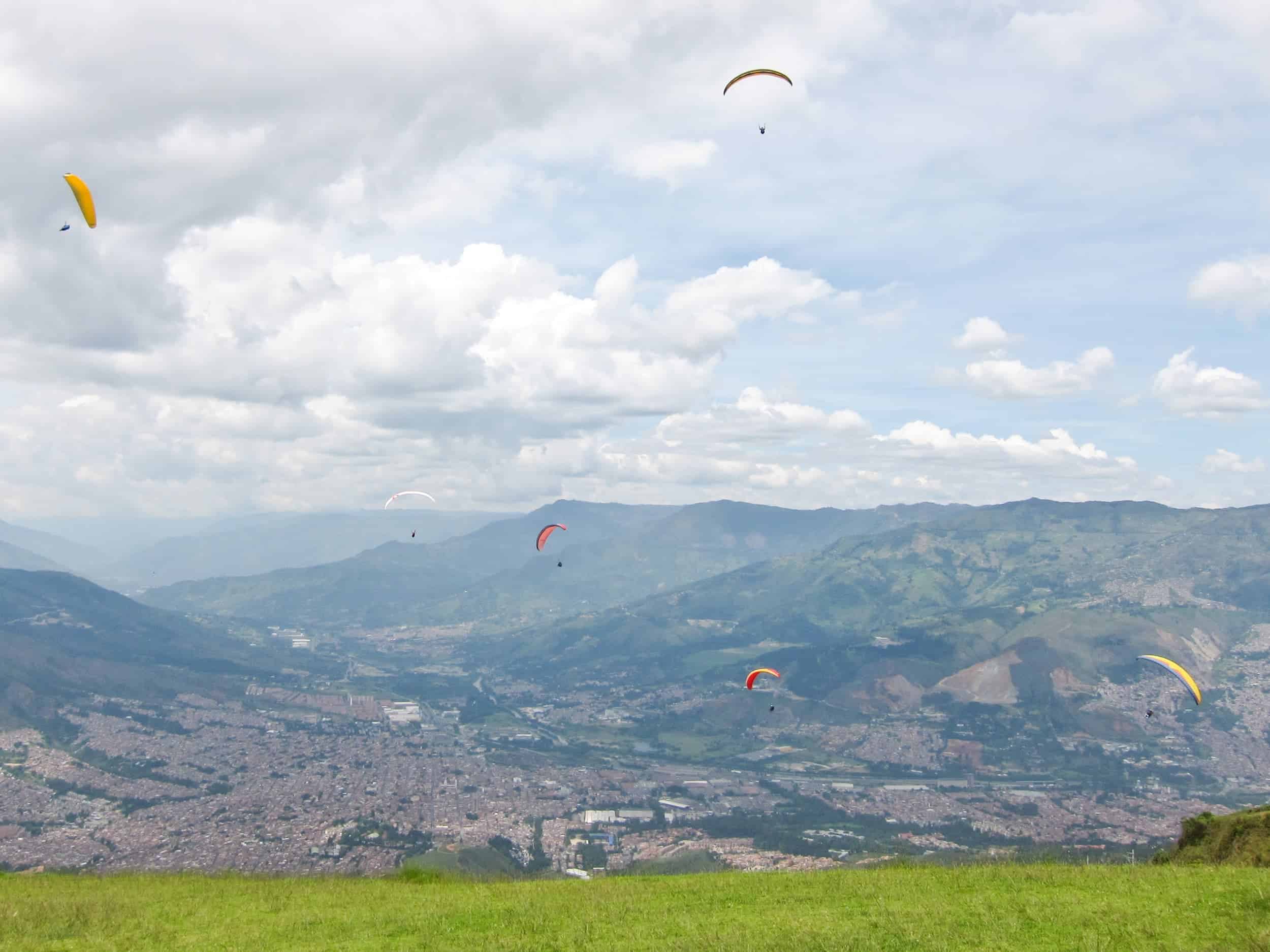
Want an adrenaline rush? Why not try paragliding, whitewater rafting, and mountain biking in San Gil?
The town in Eastern Colombia is considered the adventure sports capital of the country. If you have an adventurous spirit, go here for some of the best things to do in Colombia.
There are many tour companies in San Gil, but I recommend this tour with Parapente San Gil.
San Gil is also an excellent place to base yourself for a day trip to Chicamocha National Park (Parque Nacional del Chicamocha), a mountaintop park accessible via one of the world's longest aerial trams.
The Chicamocha Canyon reaches depths of up to 6,560 feet (deeper than the Grand Canyon in the United States). A visit to the park offers spectacular views.
7. Party in Medellin

Enjoy the excellent weather in Medellin, nicknamed the City of Eternal Spring, with a night out on the town.
While Parque Lleras in the El Poblado district is a popular nightlife area (referred to locally as La Zona Rosa), there are plenty of other options.
Barrio Colombia, Las Palmas, La 70, and La 33 are some of the best places with nightclubs (discotecas) for travelers to party with the locals.
The dress is casual at most places, with only a few, such as the Envy rooftop bar at The Charlee Hotel, enforcing a dress code (don't wear athletic sneakers).
The best time to go out is around 9 p.m. on a Saturday if you want to see the city begin to buzz with excitement.
Related Reading: Things To Do in Medellin
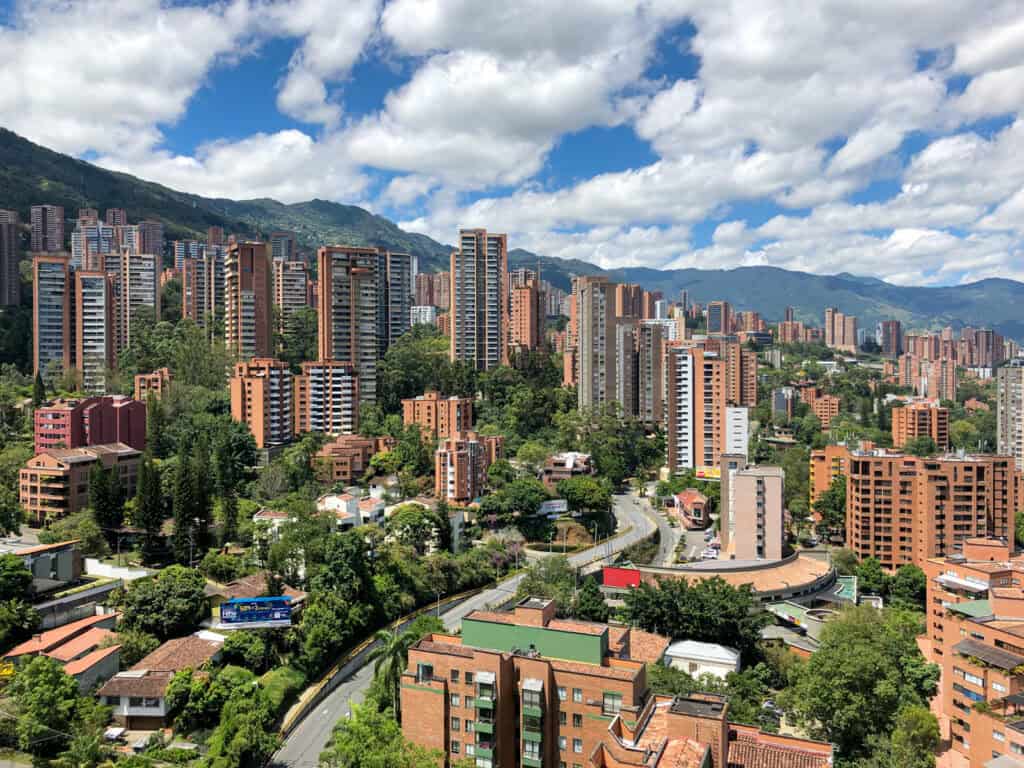
The nightlife in Medellin is inexpensive by U.S. standards, and bottle service in Colombia is the norm, not an ostentatious display as you find in American cities.
A small bottle of rum or aguardiente, the local firewater, may set you back $20 and is typically split with whoever you're going out with. And if you're going solo, the beer is cheap, too!
An organized rooftop pub crawl is a good option if you travel solo or want to enjoy a night out with fellow travelers.
Heading to Medellin and need a place to stay? Check out our list of the best hostels in Medellin.
8. Experience Colombia's Pueblos

Colombia is known in South America for its picturesque towns. Only an hour or two outside most big cities like Medellin and Bogota are small pueblos that offer insights into Colombia's rural way of life.
The prettiest pueblos include Guatape, Jardin, Salento, and Barichara. While they share a typical layout centered around the central plaza, each pueblo has its own identity and energy.
My favorite? The colorful town of Guatape, scenes from which you'll see on many postcards, is a 90-minute drive east of Medellin.
Pueblos are also the perfect place to sample Colombian street food due to their relaxed atmospheres and spacious plazas. In Guatape, try the bandeja paisa, a regional specialty.
Book your tour: From Medellin to Guatape (includes roundtrip transportation, boat ride, breakfast, and lunch)
9. Horseback Riding in Cocora Valley
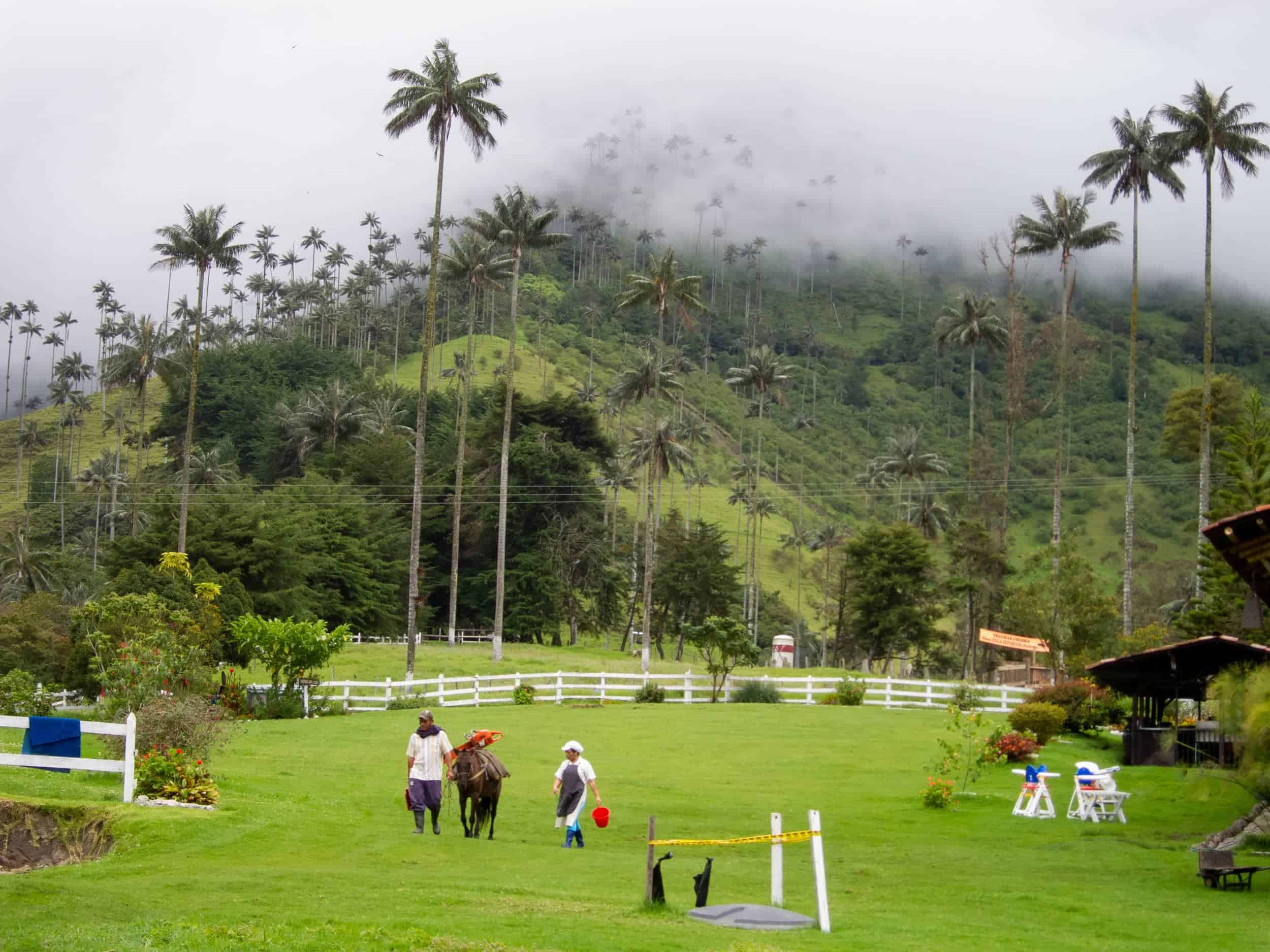
The Cocora Valley, or Valle de Cocora, is a national park in Colombia's coffee-growing region. The valley is home to the world's tallest palm trees, the wax palm, and Colombia's national tree.
What better way to experience this cloud forest region than horseback riding in Valle de Cocora, a fun way to explore the park's natural beauty?
Cocora is easily accessible from the charming town of Salento, a popular place for coffee tours.
You can get here via a day trip or plan to spend more time by booking a stay. Share jeeps leave every morning to take tourists to the park.
You'll have the option to either walk or go horseback riding, and I recommend choosing the latter as the trail can be muddy and hard to navigate.
Rubber boots may be available through your hostel and are a good idea, given how muddy the trail can get. Bring a lightweight rain jacket as it rains often.
If you'd like to plan ahead, book a tour from Salento or Pereira via Get Your Guide.
10. Visit the Coffee Triangle

Most of Colombia's coffee beans are grown in the Coffee Triangle, or Coffee Axis (Eje Cafetero).
The Coffee Cultural Landscape of Colombia, a UNESCO World Heritage Site, is a region that encompasses four departments (Caldas, Quindio, Risaralda, and Tolima). The largest cities there include Manizales, Pereira, Armenia, and Ibague.
This rich agricultural area is dotted with Colombian coffee farms and plantations, and there's even a coffee-themed amusement park called Parque del Cafe, which you can visit near Montenegro.
It's a beautiful part of the country and the perfect place to learn about Colombian coffee culture.
11. Ascend Nevado del Ruiz Volcano
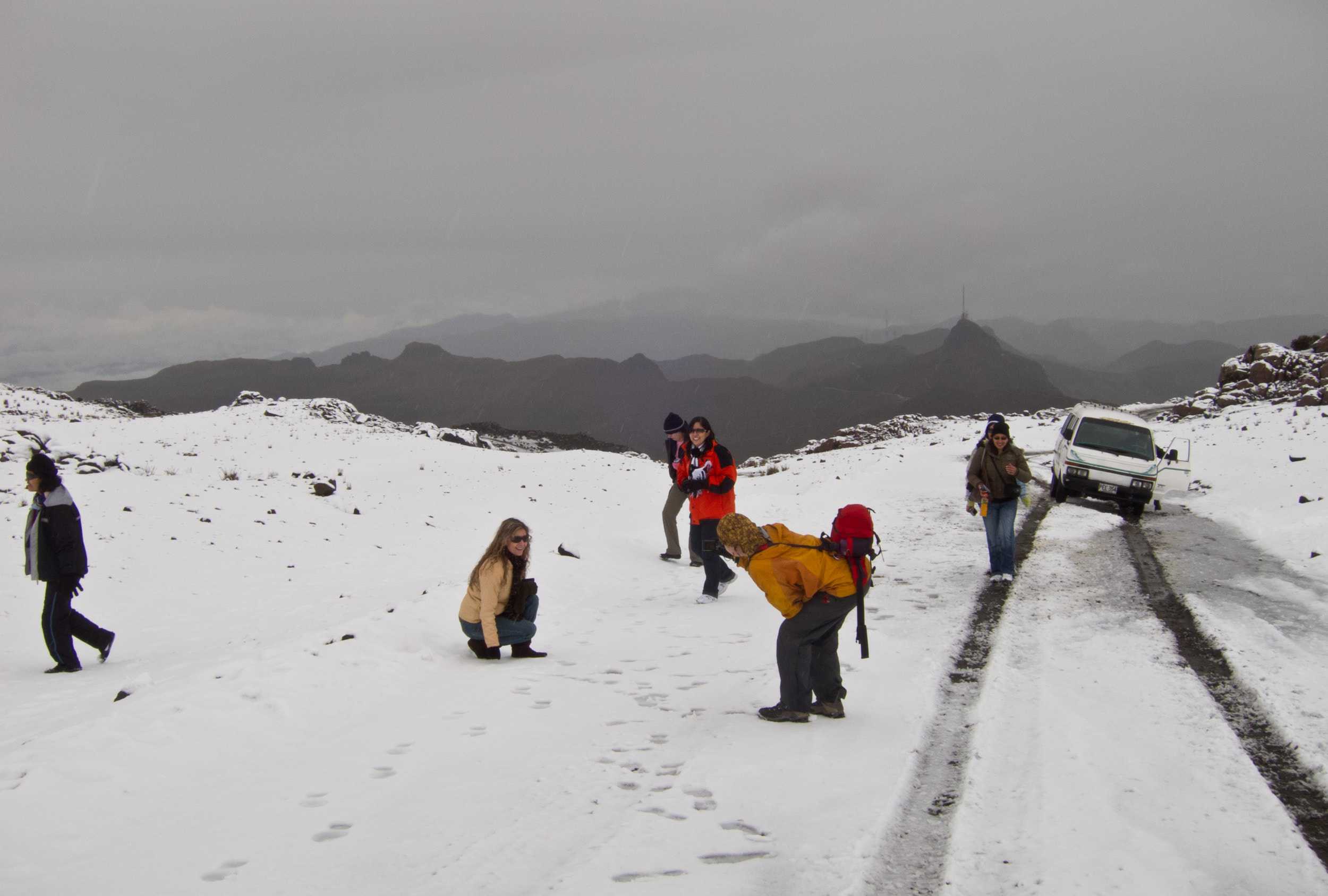
Have you ever wanted to go up a volcano? Sign up with one of several tour companies in Manizales, and you can be driven up Nevado del Ruiz, Colombia's second-tallest volcano.
As you approach 13,123 feet (4,000 meters) in elevation, you may have the chance to stand in the snow, depending on the time of year. As you ride up, marvel at the changes in the landscape.
Most tours will pick you up at your hotel, bring you up to the volcano, and then stop at hot springs on the way back to the city, offering you a chance to relax after a long, cold morning. Be sure to bring your swimming trunks. Book this tour!
12. Bogota's Gold Museum
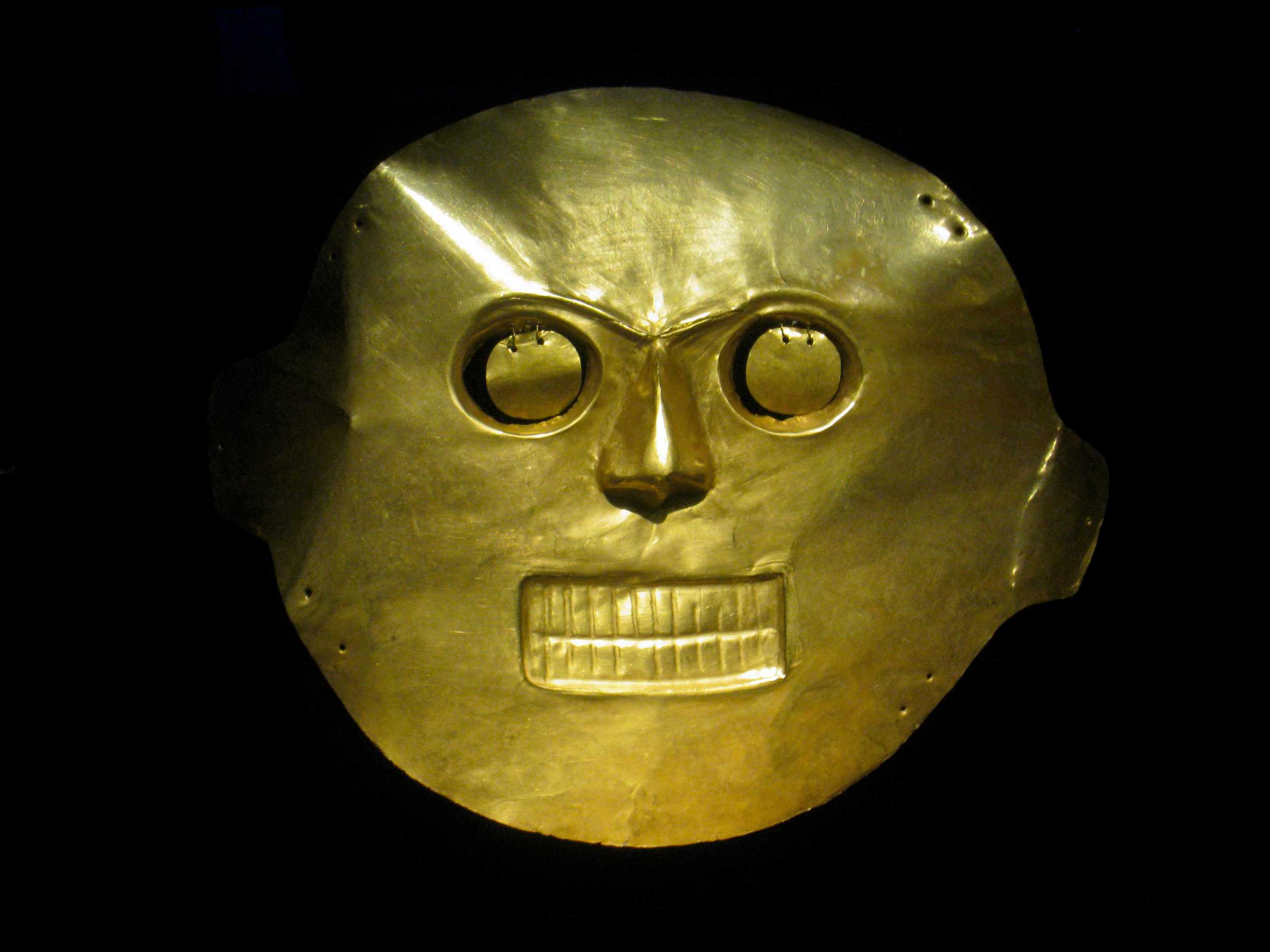
Colombia's biggest gold museum (Museo del Oro) is one of the main attractions in the capital of Bogota.
It's an impressive and inexpensive thing to do in Colombia at only a few dollars in admission. The museum offers a unique perspective on the country's history.
Gold jewelry, masks, and tools are among the artifacts on display, having been recovered throughout Colombia.
The museum is open Tuesday to Saturday from 9 a.m. to 6 p.m. and on Sundays and holidays from 10 a.m. to 4 p.m.
It is closed on Mondays. Admission is 4,000 Colombian pesos, but it is FREE for everyone on Sundays.
Related: Best Hostels in Bogota
13. The Salt Cathedral of Zipaquira

The Salt Cathedral of Zipaquira (Catedral de Sal), located about 30 miles north of Bogota, is a marvel of spiritual and architectural ingenuity.
Carved deep within the salt mines of Zipaquira, this underground Roman Catholic church is a labyrinth of tunnels, chambers, and sanctuaries, all adorned with intricate salt and marble sculptures.
As you descend 650 feet (200 meters) below the Earth's surface, you'll pass through 14 small chapels representing the Stations of the Cross, each illuminated in ethereal lighting.
The main cathedral features a massive cross and domed ceiling carved from salt. Though it's no longer a consecrated church, it remains a place of pilgrimage and a testament to the miners who once worked in these caverns.
Visiting the Salt Cathedral is one of the most unique things to do in Colombia and a worthy side trip while staying in Bogota.
14. Learn Salsa Dancing in Colombia
Cali is considered by many to be the salsa capital of the world and is home to the country's leading professional dancers. A large number of dance academies offer lessons to locals and visitors alike.
At night, hitting the city's salsa clubs and dance floors to practice what you learned in class ranks among Colombia's top things to do.
And if you're lucky, some professional dancers will perform for free to inspire everyone to get up and dance.
Where to Go Salsa Dancing in Cali
There are many nightclubs in Cali where you can watch and even try salsa dancing. There's often live music on the weekends, too.
The salsa clubs I recommend are:
- Tin Tin Deo (Cl. 5 #3871) is open Thursday, Saturday, and Monday nights from 8:30 p.m. to 04:30 a.m.
- El Rincon De Heberth (Cra. 24 #5-32) is open Thursday, Friday, and Saturday from 8 p.m. to 3 a.m.
- MalaMana Salsa Bar (Cra. 4 #9-59) is open Thursday, Friday, and Saturday from 8 p.m. to 3 a.m.
While Cali might be one of Colombia's best spots to learn salsa, it's by no means the only place.
You'll find dance studios and instructors in all the major cities. Since I was living in Medellin, that's where I took the majority of my lessons.
15. Cano Cristales (“River of Five Colors”)
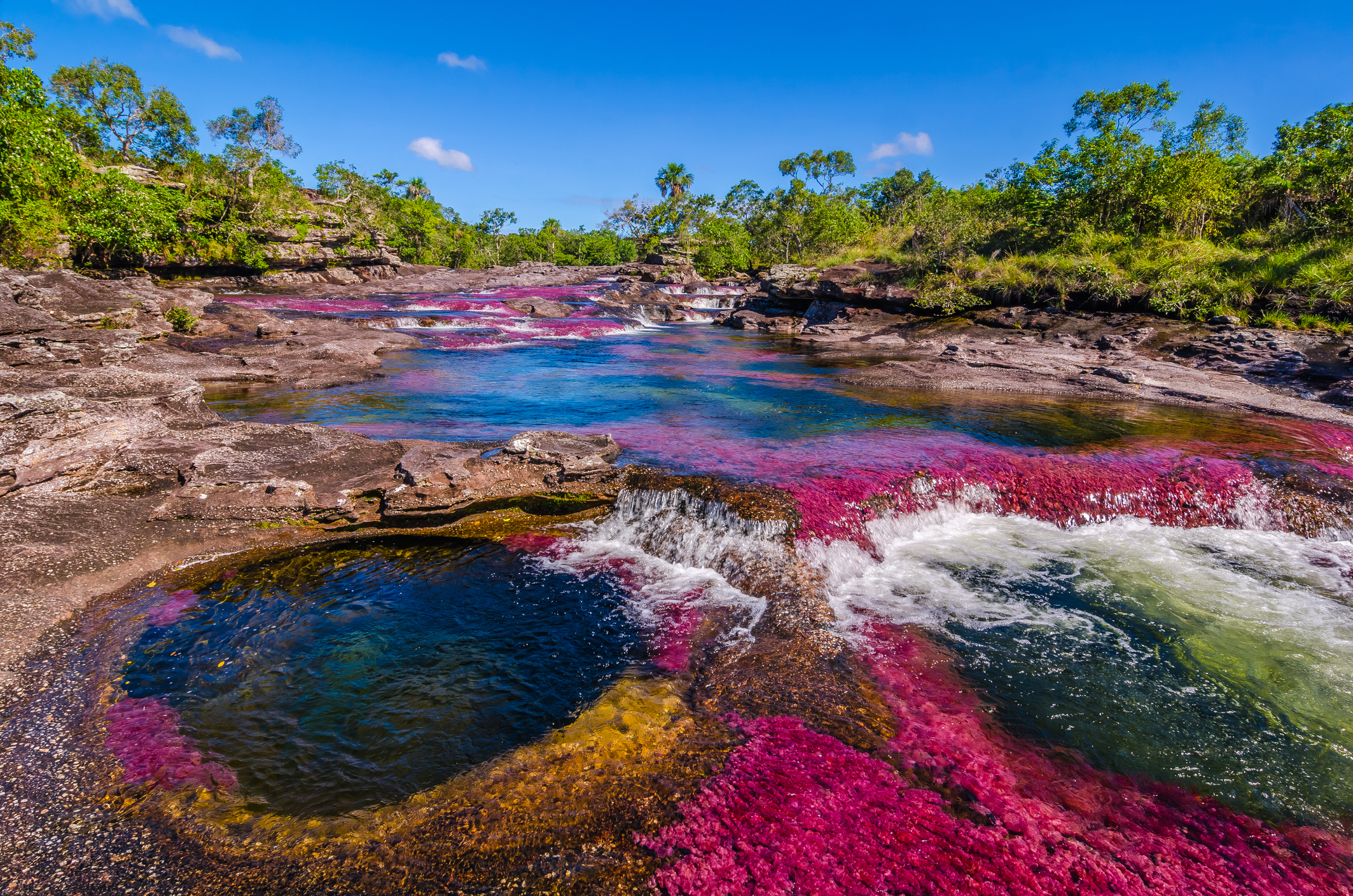
Cano Cristales, often dubbed the “River of Five Colors” or the “Liquid Rainbow,” is one of Colombia's most stunning natural wonders.
Located in the Serrania de la Macarena National Park, this unique river bursts into a kaleidoscope of colors—red, yellow, green, blue, and black—typically between July and November.
The vibrant hues are not the result of chemical pollutants or a trick of the light; instead, they are caused by a unique species of aquatic plant called Macarenia clavigera.
During the wet season, the river's water level rises, providing the perfect conditions for these plants to flourish and display their radiant colors.
Visitors to Cano Cristales can explore the river through guided tours, which often include hiking, swimming, and photography opportunities.
The area is accessible only by air, with the nearest town being La Macarena, from where tours usually commence.
Due to its ecological sensitivity, the number of visitors is regulated, and swimming is only allowed in designated areas. Sunscreen and insect repellent are also generally prohibited to protect the fragile ecosystem.
16. Las Lajas Sanctuary

Las Lajas Sanctuary (Santuario de las Lajas) is The National Shrine Basilica of Our Lady of Las Lajas, more commonly known as Las Lajas Shrine.
This magnificent basilica church is in Southern Colombia (a ten-minute drive from the small city of Ipiales) and built into the Guaitara River canyon.
A trip to see this dramatic and magnificent church is a must in Colombia.
Want an even better view? Take the cable car from the top of the canyon down to the church. Information on hours and admission prices can be found on their website.
17. The Amazon

The Amazon region in southern Colombia offers an unparalleled experience for travelers seeking adventure, biodiversity, and cultural immersion.
Leticia is the gateway to this green space, accessible by air and in the tri-border area between Colombia, Brazil, and Peru.
As the capital of the Amazonas department, Leticia provides a range of accommodations and serves as a launching pad for various excursions into the Amazon Rainforest.
Once you've landed in Leticia, the opportunities for exploration are endless. Take a boat trip along the Amazon River, where you can spot pink dolphins, caimans, and various bird species.
For the more adventurous, jungle treks offer a chance to delve deeper into the rainforest, guided by locals who can help you identify native plants and wildlife, including monkeys, jaguars, and countless insects.
Fishing excursions are also popular, offering the chance to catch piranhas and other native fish. And birdwatchers will find the region a paradise.
Cultural tourism is another highlight. Visit indigenous communities to learn about their traditions, crafts, and relationship with the forest.
Many tours offer the chance to participate in traditional ceremonies, which often involve music, dance, and sometimes even sampling local brews like “chicha.”
For those interested in sustainable tourism, eco-lodges and conservation-focused tours aim to protect the fragile ecosystem while educating visitors on the importance of conservation efforts.
Conclusion
This list is just the tip of the iceberg for fun things to do in Colombia, my favorite country in Latin America. Tops on my list for future trips are a stay at an eco-tourism lodge on the Pacific Coast.
From the vibrant streets of Cartagena's historic walled city to the secluded beaches of Tayrona National Park, from the adrenaline sports found in San Gil to the awe-inspiring beauty of Cano Cristales, Colombia is full of experiences waiting to be discovered.
Whether you're a history buff, an outdoor enthusiast, a party-goer, or someone who wants to immerse in local culture, Colombia offers something for everyone.
While the country has come a long way regarding safety and tourism infrastructure, it's essential to stay vigilant and take necessary precautions, especially in big cities.
But don't let that deter you. With some planning and an adventurous spirit, Colombia can offer some of the most enriching travel experiences you'll ever have.
So, whether you're planning a long weekend or moving there like I did, Colombia is a destination that will surprise and delight you.
I can confidently say that the country's diverse landscapes, rich history, and welcoming people make it a must-visit on any traveler's list.
If you'd like to visit Colombia but would feel more comfortable with support, consider a small group tour with G Adventures:
Colombia Express is perfect if you're short on time. This nine-day trip includes quick stops in Bogota, the coffee region, Medellin, and Cartagena.
Classic Colombia includes everything above, plus additional time on the Caribbean coast in Santa Marta, Taganga, Parque Tayrona, and Minca.
Colombia Multisport & Lost City Trek is for the active traveler who would enjoy whitewater rafting in San Gil and trekking to the ruins of the Lost City. Plus, there's ample time on this 17-day tour to walk around Bogota, Medellin, and Cartagena. Paragliding is available in Medellin, too.
Last Updated on September 27, 2023 by Dave Lee
Dave is the Founder and Editor in Chief of Go Backpacking and Feastio. He's been to 66 countries and lived in Colombia and Peru. Read the full story of how he became a travel blogger.


amy byrne
Monday 12th of October 2015
currently planning a trip to Colombian iv being reading mix reviews about the town of taganga is it worth visiting we are backpacking also mixed reviews about Parque Tayrona beaches are they beautiful and worth visiting, is there any recommendations you can give me on places on the Colombian coast